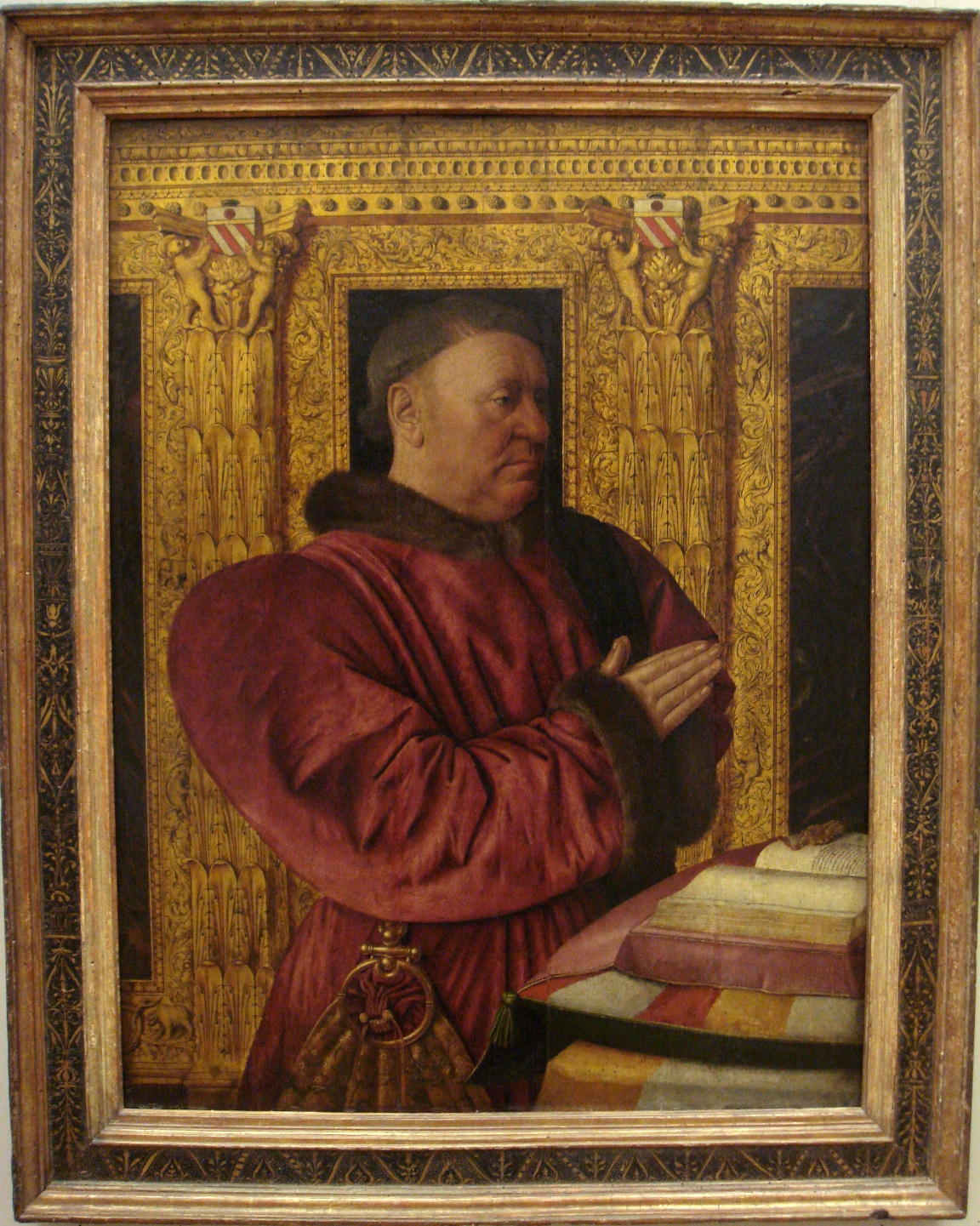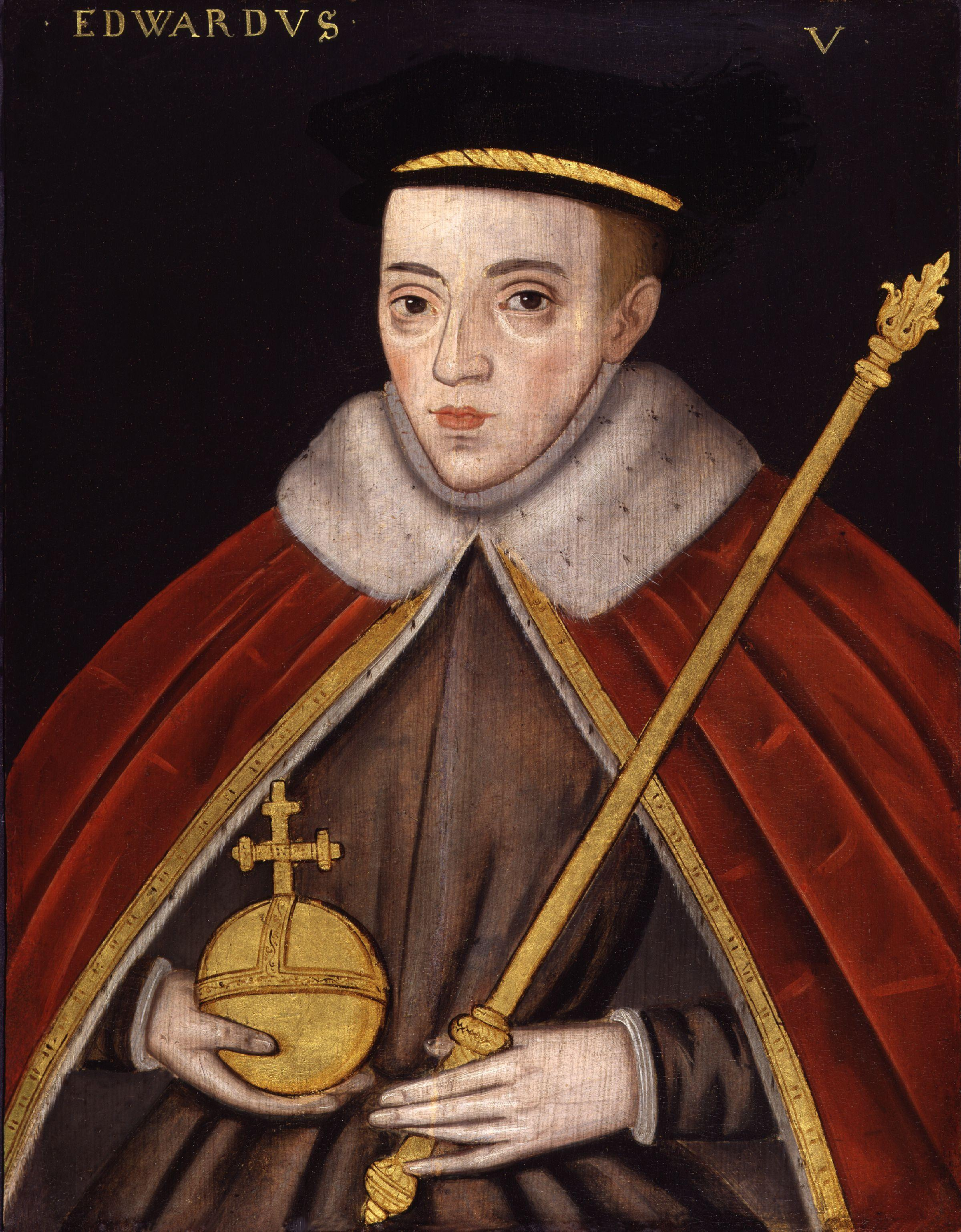|
Guillaume De Rochefort
Guillaume de Rochefort (c.1433 r 1439– 12 August 1492) was a lawyer who served as Lord Chancellor of France, under the French kings Louis XI and Charles VIII. Guillaume is thought to have been born at Pluvault or Rochefort-sur-Nenon ( Jura), and was the son of Jacques II and his wife Agnès de Cléron. He was also the elder brother of Guy de Rochefort, another Chancellor of France. He began his career in the service of the dukes of Burgundy Philip the Good and Charles the Bold, first as a counsellor and later as chamberlain of Burgundy. Guillaume's first wife was Guye de Vurry ou Wourey, dame de Fouchereau; she gave birth to four children, and died in 1487. After her death, Guillaume married Anne de la Trémoille. In January 1484, Rochefort made a statement to the Estates-General, to the effect that King Richard III of England had murdered his nephew, King Edward V of England, and taken the crown for himself. It is assumed that he obtained this information from Domi ... [...More Info...] [...Related Items...] OR: [Wikipedia] [Google] [Baidu] |
Lord Chancellor Of France
In France, under the ''Ancien Régime'', the officer of state responsible for the judiciary was the Chancellor of Francesometimes called Grand Chancellor or Lord Chancellor (french: Chancelier de France). The Chancellor was responsible for seeing that royal decrees were enrolled and registered by the sundry parlements, provincial appellate courts. However, since the Chancellor was appointed for life, and might fall from favour, or be too ill to carry out his duties, his duties would occasionally fall to his deputy, the Keeper of the Seals of France (). The last Chancellor died in 1790, by which time the French Revolution was well underway, and the position was left vacant. Instead, in 1791, the Chancellor's portfolio and responsibilities were assigned to the Keeper of the Seals who was accordingly given the additional title of Minister of Justice under the Revolutionary government. After the Bourbon Restoration in 1814, the position of the Chancellor was divorced from its judi ... [...More Info...] [...Related Items...] OR: [Wikipedia] [Google] [Baidu] |
Louis XI
Louis XI (3 July 1423 – 30 August 1483), called "Louis the Prudent" (french: le Prudent), was King of France from 1461 to 1483. He succeeded his father, Charles VII. Louis entered into open rebellion against his father in a short-lived revolt known as the Praguerie in 1440. The king forgave his rebellious vassals, including Louis, to whom he entrusted the management of the Dauphiné, then a province in southeastern France. Louis's ceaseless intrigues, however, led his father to banish him from court. From the Dauphiné, Louis led his own political establishment and married Charlotte of Savoy, daughter of Louis, Duke of Savoy, against the will of his father. Charles VII sent an army to compel his son to his will, but Louis fled to Burgundy, where he was hosted by Philip the Good, the Duke of Burgundy, Charles' greatest enemy. When Charles VII died in 1461, Louis left the Burgundian court to take possession of his kingdom. His taste for intrigue and his intense diplomatic activ ... [...More Info...] [...Related Items...] OR: [Wikipedia] [Google] [Baidu] |
Charles VIII Of France
Charles VIII, called the Affable (french: l'Affable; 30 June 1470 – 7 April 1498), was King of France from 1483 to his death in 1498. He succeeded his father Louis XI at the age of 13.Paul Murray Kendall, ''Louis XI: The Universal Spider'' (New York: W. W. Norton & Company, 1971), pp. 373–374. His elder sister Anne acted as regent jointly with her husband Peter II, Duke of BourbonStella Fletcher, ''The Longman Companion to Renaissance Europe, 1390–1530'', (Routledge, 1999), 76. until 1491 when the young king turned 21 years of age. During Anne's regency, the great lords rebelled against royal centralisation efforts in a conflict known as the Mad War (1485–1488), which resulted in a victory for the royal government. In a remarkable stroke of audacity, Charles married Anne of Brittany in 1491 after she had already been married by proxy to the Habsburg Holy Roman Emperor Maximilian I in a ceremony of questionable validity. Preoccupied by the problematic succession in the ... [...More Info...] [...Related Items...] OR: [Wikipedia] [Google] [Baidu] |
Pluvault
Pluvault () is a former commune in the Côte-d'Or department in eastern France France (), officially the French Republic ( ), is a country primarily located in Western Europe. It also comprises of Overseas France, overseas regions and territories in the Americas and the Atlantic Ocean, Atlantic, Pacific Ocean, Pac .... On 1 January 2019, it was merged into the new commune Longeault-Pluvault. 28 September 2018 Population See also * Communes of the Côte-d'Or departmentReferences [...More Info...] [...Related Items...] OR: [Wikipedia] [Google] [Baidu] |
Rochefort-sur-Nenon
Rochefort-sur-Nenon (, literally ''Rochefort on Nenon'') is a commune in the Jura department in the region of Bourgogne-Franche-Comté in eastern France. Population See also *Communes of the Jura department The following is a list of the 494 communes of the Jura department of France. The communes cooperate in the following intercommunalities (as of 2020):Communes of Jura (department) {{JuraFR-geo-stub ... [...More Info...] [...Related Items...] OR: [Wikipedia] [Google] [Baidu] |
Jura (département)
Jura ( , ) is a department in the Bourgogne-Franche-Comté region in Eastern France. Named after the Jura Mountains, its prefecture is Lons-le-Saunier. Its subprefectures are Dole and Saint-Claude. In 2019, Jura had a population of 259,199.Populations légales 2019: 39 Jura INSEE Its INSEE code is 39. It has a short portion of the border of Switzerland. History Historically, Jura belonged to the |
Guy De Rochefort
Guillaume de Rochefort (c.1433 r 1439– 12 August 1492) was a lawyer who served as Lord Chancellor of France, under the French kings Louis XI and Charles VIII. Guillaume is thought to have been born at Pluvault or Rochefort-sur-Nenon ( Jura), and was the son of Jacques II and his wife Agnès de Cléron. He was also the elder brother of Guy de Rochefort, another Chancellor of France. He began his career in the service of the dukes of Burgundy Philip the Good and Charles the Bold, first as a counsellor and later as chamberlain of Burgundy. Guillaume's first wife was Guye de Vurry ou Wourey, dame de Fouchereau; she gave birth to four children, and died in 1487. After her death, Guillaume married Anne de la Trémoille. In January 1484, Rochefort made a statement to the Estates-General, to the effect that King Richard III of England had murdered his nephew, King Edward V of England, and taken the crown for himself. It is assumed that he obtained this information from Domi ... [...More Info...] [...Related Items...] OR: [Wikipedia] [Google] [Baidu] |
Philip The Good
Philip III (french: Philippe le Bon; nl, Filips de Goede; 31 July 1396 – 15 June 1467) was Duke of Burgundy from 1419 until his death. He was a member of a cadet line of the Valois dynasty, to which all 15th-century kings of France belonged. During his reign, the Burgundian State reached the apex of its prosperity and prestige, and became a leading centre of the arts. Philip is known historically for his administrative reforms, his patronage of Flemish artists such as van Eyck and Franco-Flemish composers such as Gilles Binchois, and perhaps most significantly the seizure of Joan of Arc, whom Philip ransomed to the English after his soldiers captured her, resulting in her trial and eventual execution. In political affairs, he alternated between alliances with the English and the French in an attempt to improve his dynasty's powerbase. Additionally, as ruler of Flanders, Brabant, Limburg, Artois, Hainaut, Holland, Luxembourg, Zeeland, Friesland and Namur, he played an i ... [...More Info...] [...Related Items...] OR: [Wikipedia] [Google] [Baidu] |
Charles The Bold
Charles I (Charles Martin; german: Karl Martin; nl, Karel Maarten; 10 November 1433 – 5 January 1477), nicknamed the Bold (German: ''der Kühne''; Dutch: ''de Stoute''; french: le Téméraire), was Duke of Burgundy from 1467 to 1477. Charles's main objective was to be crowned king by turning the growing Burgundian State into a territorially continuous kingdom. He declared himself and his lands independent, bought Upper Alsace and conquered Zutphen, Guelders and Lorraine, uniting at last Burgundian northern and southern possessions. This caused the enmity of several European powers and triggered the Burgundian Wars. Charles's early death at the Battle of Nancy at the hands of Swiss mercenaries fighting for René II, Duke of Lorraine, was of great consequence in European history. The Burgundian domains, long wedged between the Kingdom of France and the Habsburg Empire, were divided, but the precise disposition of the vast and disparate territorial possessions involved ... [...More Info...] [...Related Items...] OR: [Wikipedia] [Google] [Baidu] |
Estates General (France)
In France under the Ancien Régime, the Estates General (french: États généraux ) or States-General was a legislative and consultative assembly of the different classes (or estates) of French subjects. It had a separate assembly for each of the three estates (clergy, nobility and commoners), which were called and dismissed by the king. It had no true power in its own right as, unlike the English Parliament, it was not required to approve royal taxation or legislation. It served as an advisory body to the king, primarily by presenting petitions from the various estates and consulting on fiscal policy. The Estates General first met in 1302 and 1303 in relation to King Philip IV's conflict with the papacy. They met intermittently until 1614 and only once afterward, in 1789, but were not definitively dissolved until after the French Revolution. The Estates General were distinct from the ''parlements'' (the most powerful of which was the Parliament of Paris), which started as ap ... [...More Info...] [...Related Items...] OR: [Wikipedia] [Google] [Baidu] |
Richard III Of England
Richard III (2 October 145222 August 1485) was King of England and Lord of Ireland from 26 June 1483 until his death in 1485. He was the last king of the House of York and the last of the Plantagenet dynasty. His defeat and death at the Battle of Bosworth Field, the last decisive battle of the Wars of the Roses, marked the end of the Middle Ages in England. Richard was created Duke of Gloucester in 1461 after the accession of his brother King Edward IV. In 1472, he married Anne Neville, daughter of Richard Neville, 16th Earl of Warwick. He governed northern England during Edward's reign, and played a role in the invasion of Scotland in 1482. When Edward IV died in April 1483, Richard was named Lord Protector of the realm for Edward's eldest son and successor, the 12-year-old Edward V. Arrangements were made for Edward V's coronation on 22 June 1483. Before the king could be crowned, the marriage of his parents was declared bigamous and therefore invalid. Now officially i ... [...More Info...] [...Related Items...] OR: [Wikipedia] [Google] [Baidu] |
Edward V Of England
Edward V (2 November 1470 – mid-1483)R. F. Walker, "Princes in the Tower", in S. H. Steinberg et al, ''A New Dictionary of British History'', St. Martin's Press, New York, 1963, p. 286. was ''de jure'' King of England and Lord of Ireland from 9 April to 25 June 1483. He succeeded his father, Edward IV, upon the latter's death. Edward V was never crowned, and his brief reign was dominated by the influence of his uncle and Lord Protector, the Duke of Gloucester, who deposed him to reign as King Richard III; this was confirmed by the Act entitled ''Titulus Regius'', which denounced any further claims through his father's heirs. Edward V and his younger brother Richard of Shrewsbury, Duke of York, were the Princes in the Tower who disappeared after being sent to heavily guarded royal lodgings in the Tower of London. Responsibility for their deaths is widely attributed to Richard III, but the lack of solid evidence and conflicting contemporary accounts allow for other possibiliti ... [...More Info...] [...Related Items...] OR: [Wikipedia] [Google] [Baidu] |






